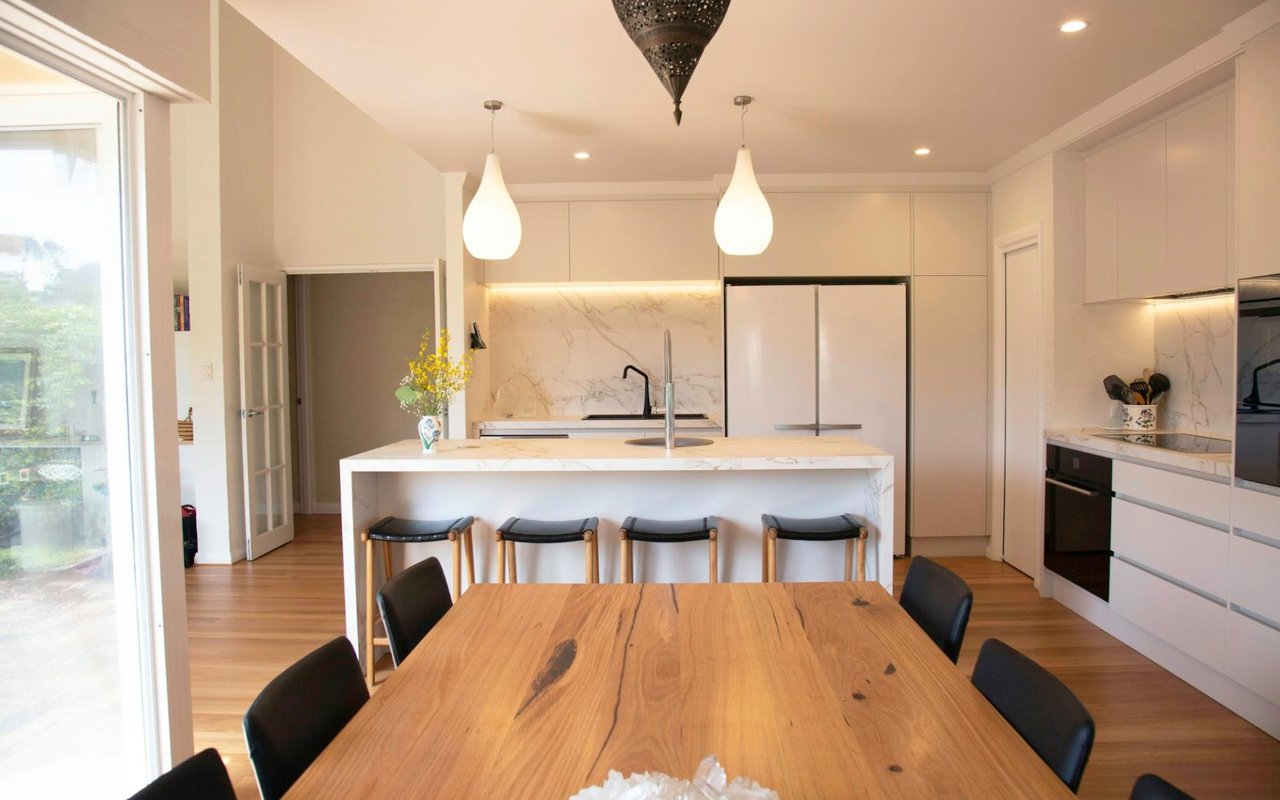In San Francisco’s thriving real estate market, every home has a story to tell. Some boast rich histories with intricate architectural details, while others shine with sleek, modern designs that cater to today’s lifestyles.
That said, how does the age of a home influence its market value? Does an older property with charm and character always outprice a new build, or do buyers prefer the convenience and efficiency of contemporary construction?
The answer lies in a delicate balance of factors — condition, location, and buyer preferences — all of which play a role in shaping the value of a home in this vibrant city. Understanding this relationship is crucial for buyers and sellers alike to make informed, strategic decisions in one of the most competitive markets in the country. Read on.
Why a Home’s Age Matters in Real Estate
The age of a home offers more than just a timeline — it’s a reflection of construction trends, materials used, and evolving market dynamics. In San Francisco, where Victorian and Edwardian homes stand alongside sleek modern condos, buyers have vastly different expectations depending on the era of construction. Older homes often boast unique artistry and intricate details, while newer builds promise energy efficiency, newer amenities, and minimal maintenance.
If you’re selling, knowing what attracts potential buyers helps you position your property more effectively in the San Francisco real estate market. Older homes often appeal to those drawn to character and history, while modern homes attract buyers seeking convenience and contemporary design. Both types have their audience, and understanding these preferences can help you strategize efficiently.
If you’re selling, knowing what attracts potential buyers helps you position your property more effectively in the San Francisco real estate market. Older homes often appeal to those drawn to character and history, while modern homes attract buyers seeking convenience and contemporary design. Both types have their audience, and understanding these preferences can help you strategize efficiently.
The Historical Allure of San Francisco Homes
San Francisco’s architectural history is one of its most compelling features. The city is known for its Victorian “Painted Ladies,” Edwardian row houses, and mid-century modern marvels. These older homes exude charm and character that newer properties may lack. Savvy buyers value these features, especially when homes retain original details like intricate woodwork, stained glass, or period-specific designs.
However, historical allure comes with trade-offs. Older homes may require extensive updates to meet current building codes or to improve energy efficiency. Buyers should weigh this aesthetic and emotional appeal against potential renovation costs. Sellers, on the other hand, can highlight historical significance and unique details to justify a higher asking price.
However, historical allure comes with trade-offs. Older homes may require extensive updates to meet current building codes or to improve energy efficiency. Buyers should weigh this aesthetic and emotional appeal against potential renovation costs. Sellers, on the other hand, can highlight historical significance and unique details to justify a higher asking price.
How a Home’s Condition and Renovations Affect Value
A home’s age alone doesn’t determine its value — condition plays an equally critical role. An older home that has been meticulously maintained or thoughtfully renovated can outperform newer properties in the same neighborhood. After all, buyers love homes that blend historical charm with modern conveniences, such as updated kitchens, open floor plans, or smart home features.
Renovations should enhance functionality while preserving the property’s original charm. For instance, updating plumbing and electrical systems while maintaining vintage moldings can make a residence more appealing without erasing its sense of character.
Renovations should enhance functionality while preserving the property’s original charm. For instance, updating plumbing and electrical systems while maintaining vintage moldings can make a residence more appealing without erasing its sense of character.
Newer Homes: The Appeal of Convenience
In contrast to older homes, newer properties often attract buyers looking for enhanced convenience, energy efficiency, and lower maintenance costs. San Francisco’s new construction boom has added numerous modern condos and sleek townhomes to the market, appealing to professionals and those seeking turnkey options.
Newer homes typically feature open floor plans, soaring ceilings, many amenities, and modern appliances, making them ideal for today’s busy lifestyle. Additionally, energy-efficient construction and smart home integrations are central selling points. If you're selling a newer home in San Francisco, emphasizing these conveniences can help your listing stand out in a crowded marketplace.
Newer homes typically feature open floor plans, soaring ceilings, many amenities, and modern appliances, making them ideal for today’s busy lifestyle. Additionally, energy-efficient construction and smart home integrations are central selling points. If you're selling a newer home in San Francisco, emphasizing these conveniences can help your listing stand out in a crowded marketplace.
Balancing Maintenance Costs with Market Value
One of the most notable concerns for buyers of older homes is the potential for higher maintenance costs. Plumbing, electrical components, HVAC systems, and roofing often require more frequent attention in older properties. While these factors may affect a home’s market value, proactive sellers can mitigate such concerns by addressing major issues before listing the property.
Pre-listing inspections can also be a powerful tool for sellers, offering transparency and building buyer confidence. Showcasing recent updates or providing warranties for repairs can also alleviate concerns about long-term maintenance expenses. Buyers, on the other hand, should factor these costs into their budget when evaluating an older home.
Pre-listing inspections can also be a powerful tool for sellers, offering transparency and building buyer confidence. Showcasing recent updates or providing warranties for repairs can also alleviate concerns about long-term maintenance expenses. Buyers, on the other hand, should factor these costs into their budget when evaluating an older home.
The Bottom Line: Age is Just One Piece of the Puzzle
In San Francisco’s dynamic real estate market, a home’s age is only one factor influencing its overall value. Historical allure, condition, location, and market trends all play critical roles in shaping buyer preferences and determining a property’s marketability and performance. Whether you’re buying or selling a home in San Francisco, understanding these nuances helps you navigate the market with confidence.
If you’re ready to achieve your goals in San Francisco real estate, team up with Novo Real Estate today.
If you’re ready to achieve your goals in San Francisco real estate, team up with Novo Real Estate today.




